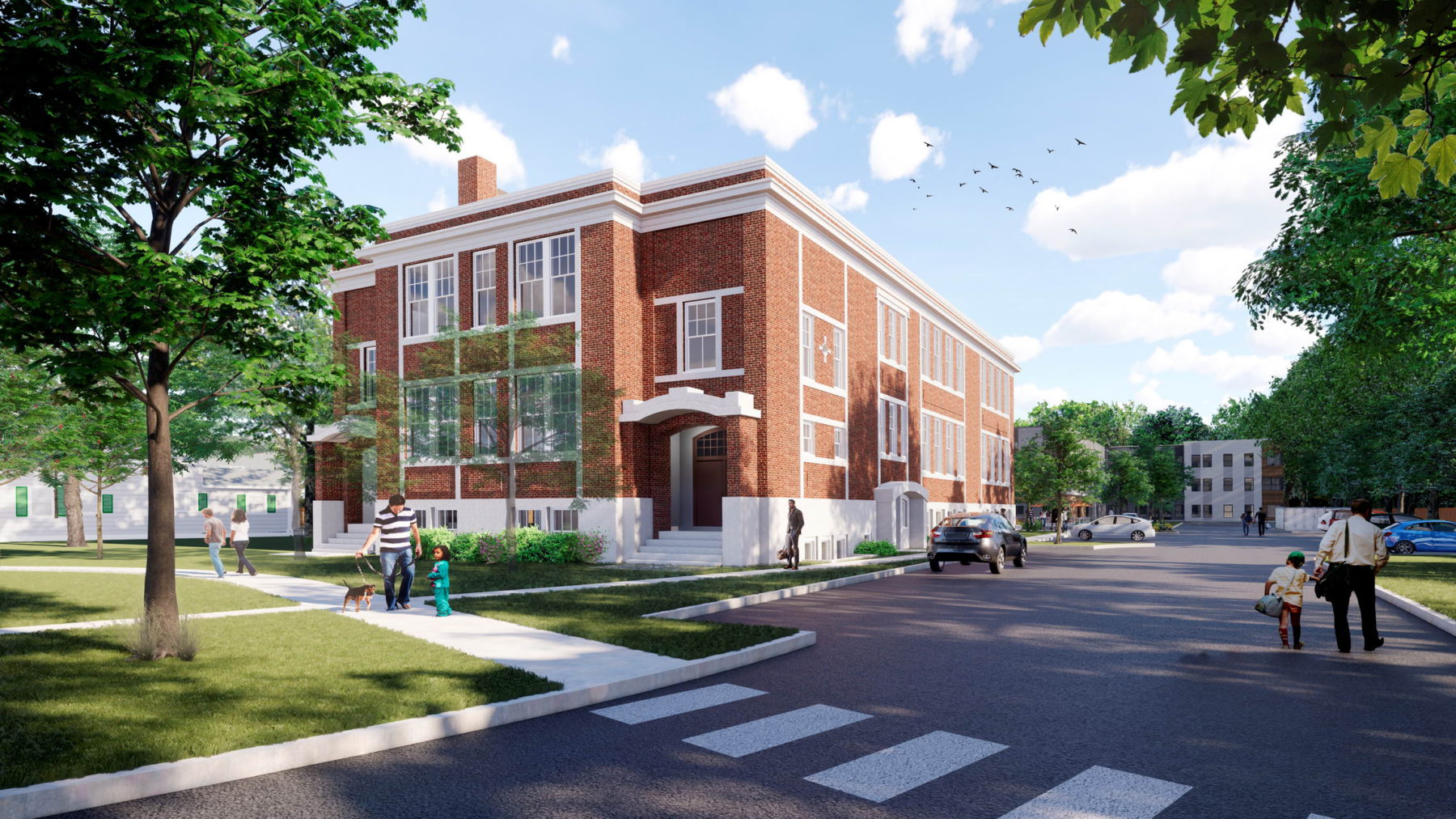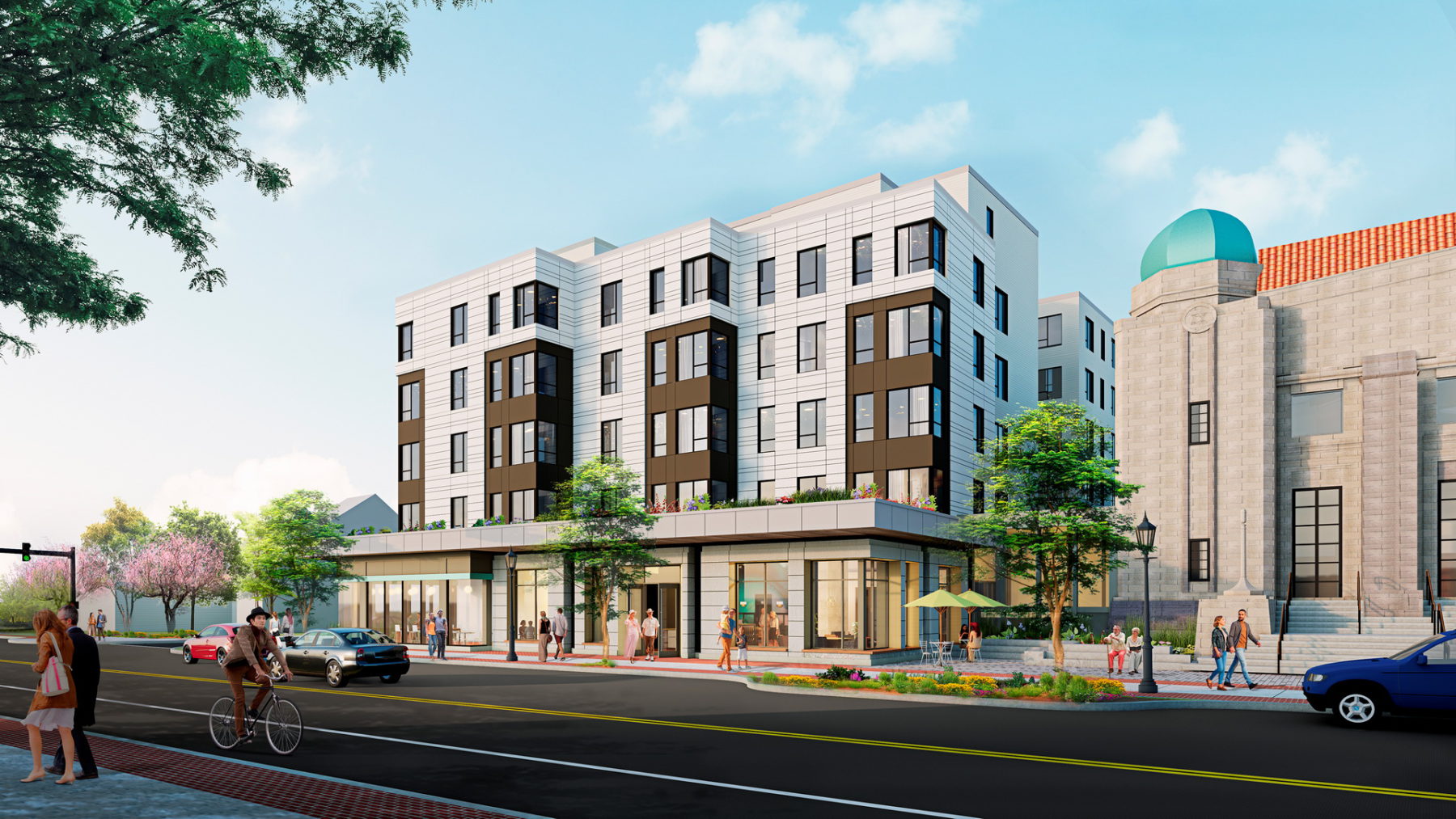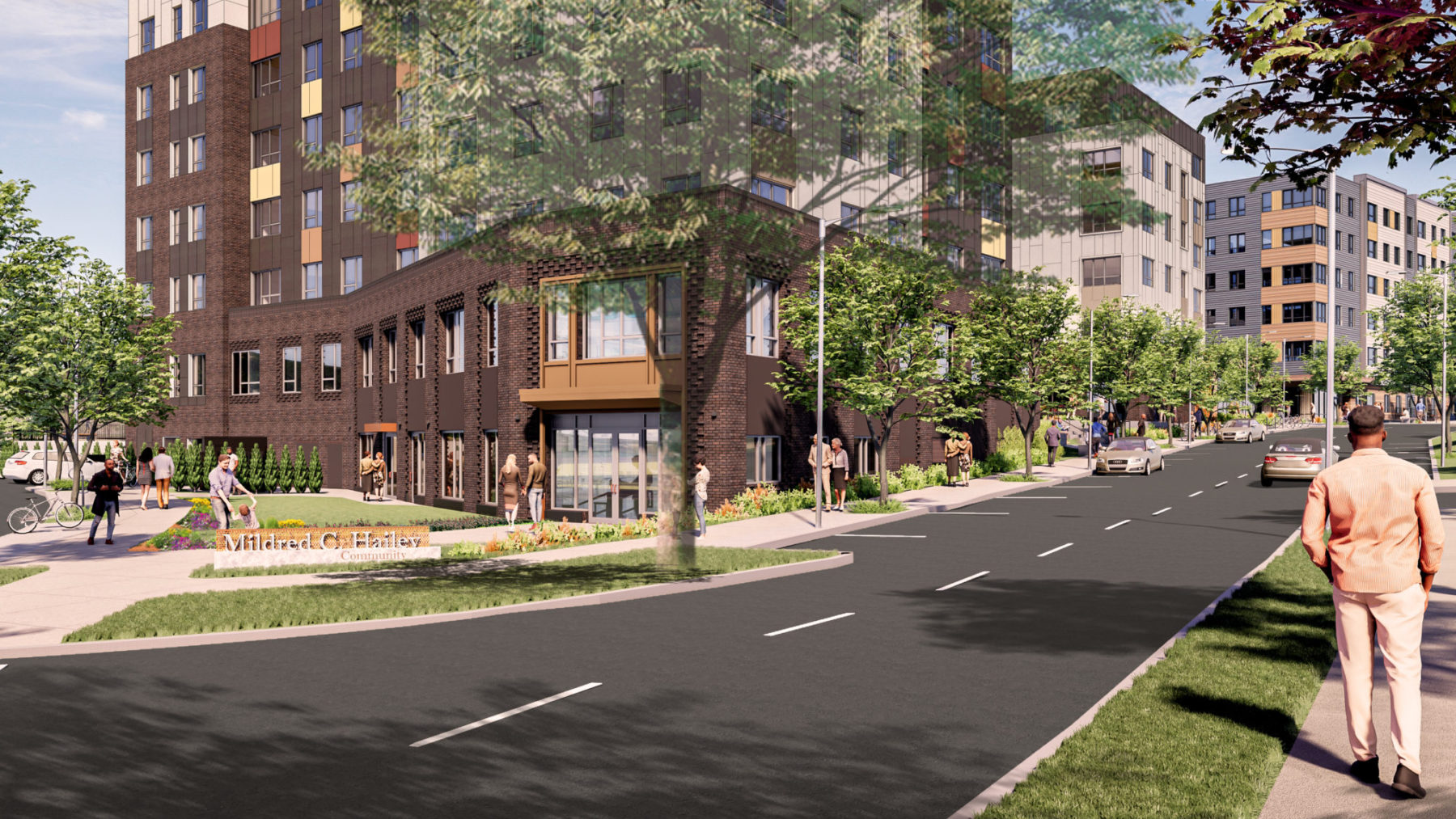We recently caught up with DiAnn Tufts, LEED AP, BD+C, LFA for a conversation about what is new and where things are headed with sustainable design today. DiAnn, Sustainability Director at PCA, is a leader in the Greater Boston design and sustainable building community, a facilitator for the International Living Future Institute (IFLI) and committee chair of the USGBC’s Living Future Collaborative.
What are some of the big changes taking place right now in sustainable planning and design?
The biggest change I see is greater clarity on what works and why it matters. Our clients are more aware of the benefits available and the advantages of setting goals for carbon neutrality. Many of them are thinking about a strategy for net zero energy in the not-to-distant future.
At PCA, our ability to apply data-driven design and real-world experience allows us to explore a wide variety of options with greater accuracy than ever before. Technology, materials, modeling and building systems are a generation ahead of what we worked with in the past. This allows us to better guide our clients through the options and to focus on the most effective strategies to advance their goals and help make sound decisions.
Fortunately, there is a lot more opportunity in both new and existing buildings to plan and design for a carbon neutral future, one that will provide both a positive return on our client’s investment and a positive impact in our communities.
Where is a good place to start for clients interested in getting to a carbon neutral or even a zero-net energy future?
Well, the first things we focus on are strategies to reduce the energy load that the building creates. Whether it is for a new or existing building, driving down the energy load will increase efficiency and provide operational cost savings. A few options to consider are enhancing building envelopes both from a thermal performance and an air leakage standpoint, controlling ventilation through an efficient heat exchanger, installing lower-demand LED lighting and investing in high-efficiency heating and cooling systems.
Second, clients should consider a long-term strategy for achieving decarbonization, something they can phase, as necessary. Switching to an all-electric energy approach reduces reliance on fossil fuels and the carbon emissions they produce onsite.
Third, consider onsite renewable energy options to meet the energy needs and further decrease carbon production. These options can be added over time to achieve net zero goals and drive down ongoing utility costs.
How do you measure the future efficiency and tangible impact of these initiatives?
One of the advantages today, which relates to the notion of greater clarity around sustainable design, is our ability to provide early energy modeling. Modeling compares a variety of options and provides the data for informed decision making in line with design development. This is a truly a game changer because it provides the accuracy needed to integrate strategic approaches into project financing.


